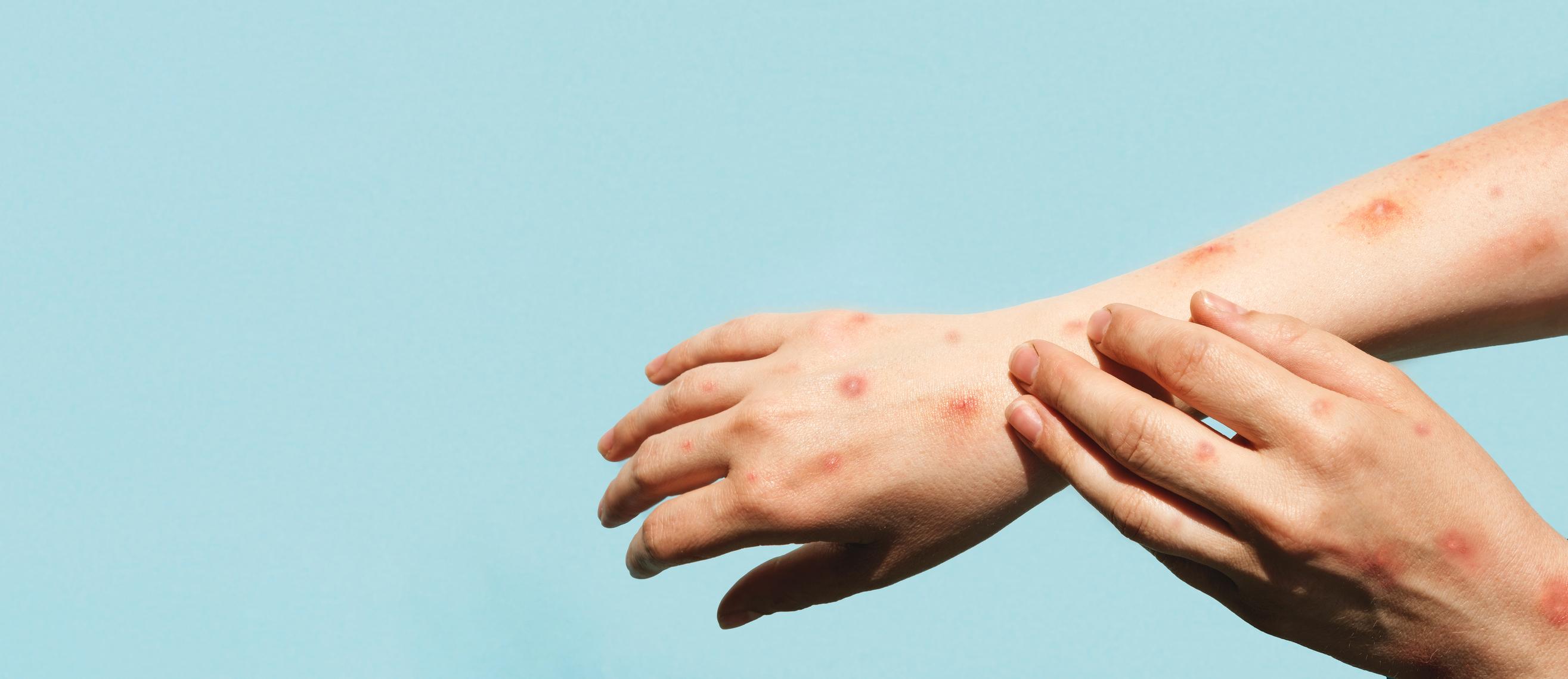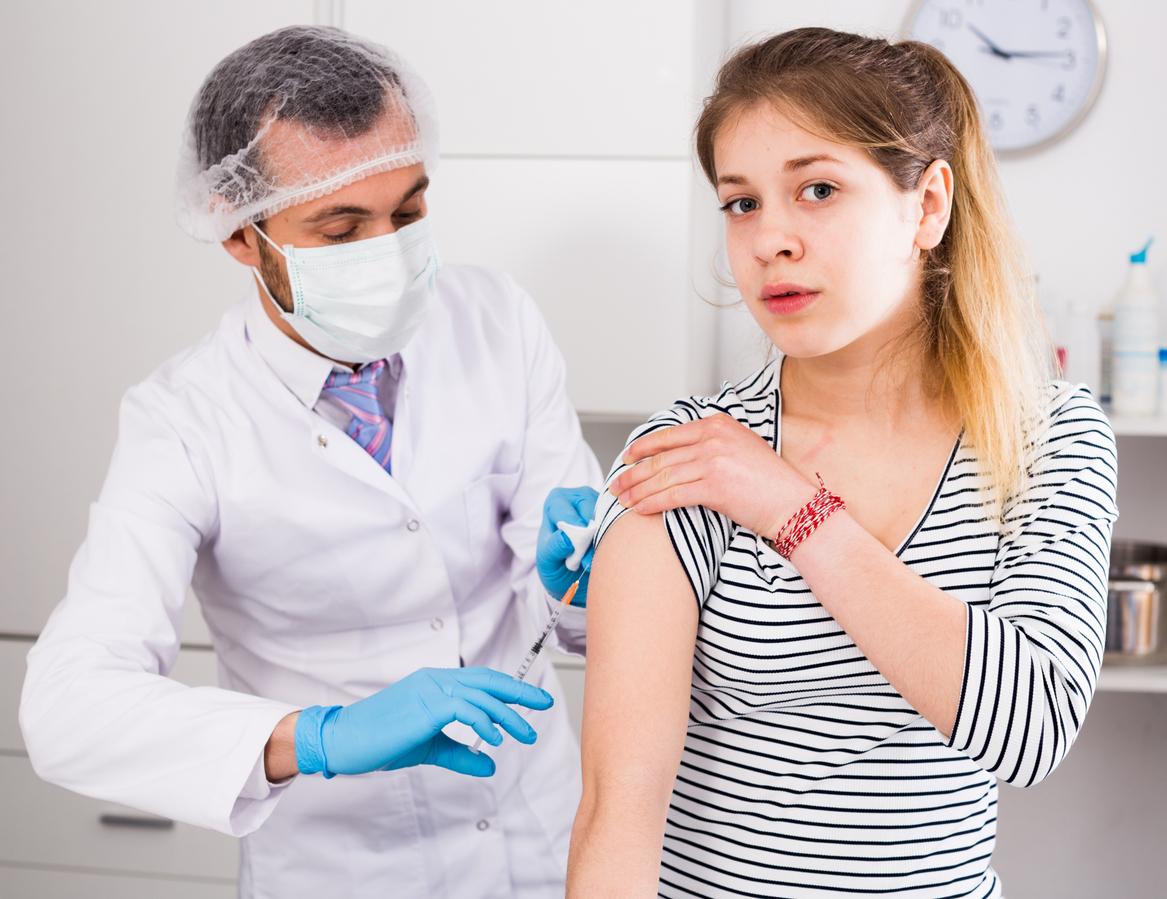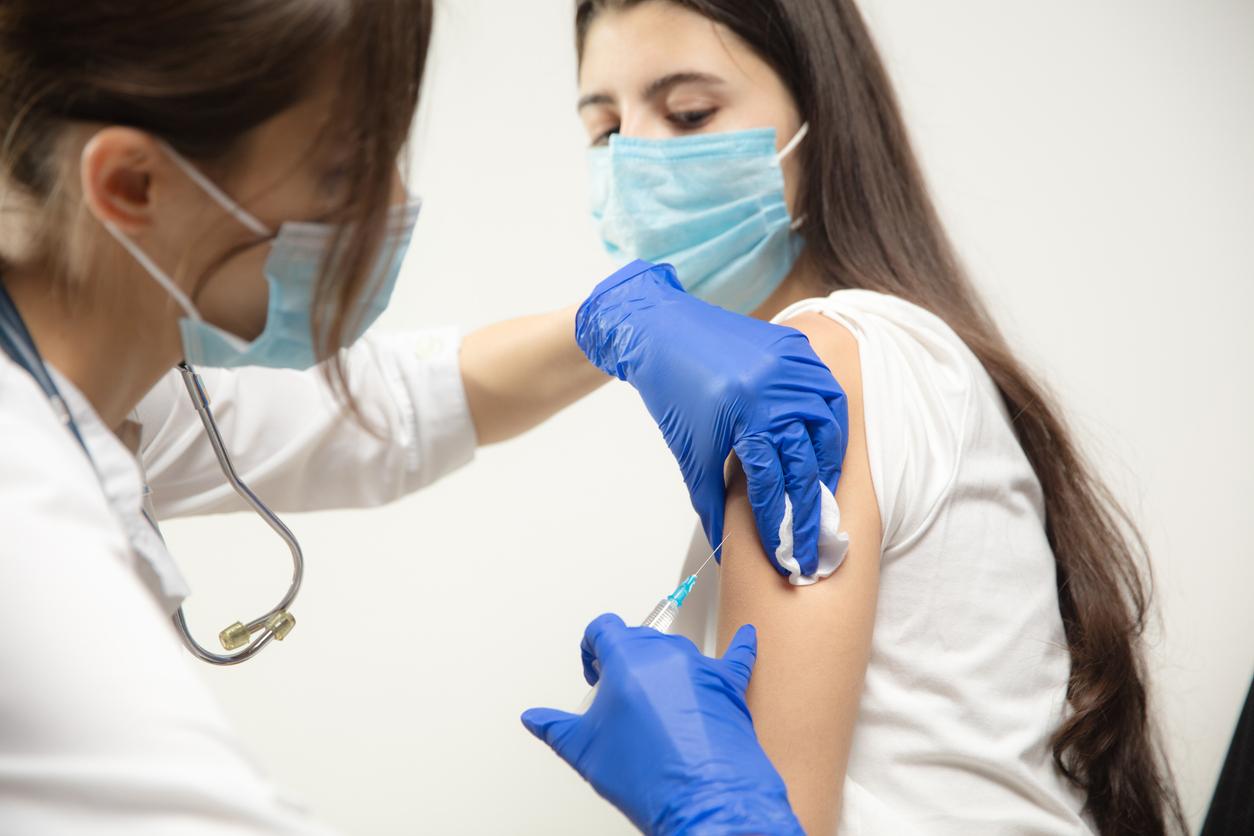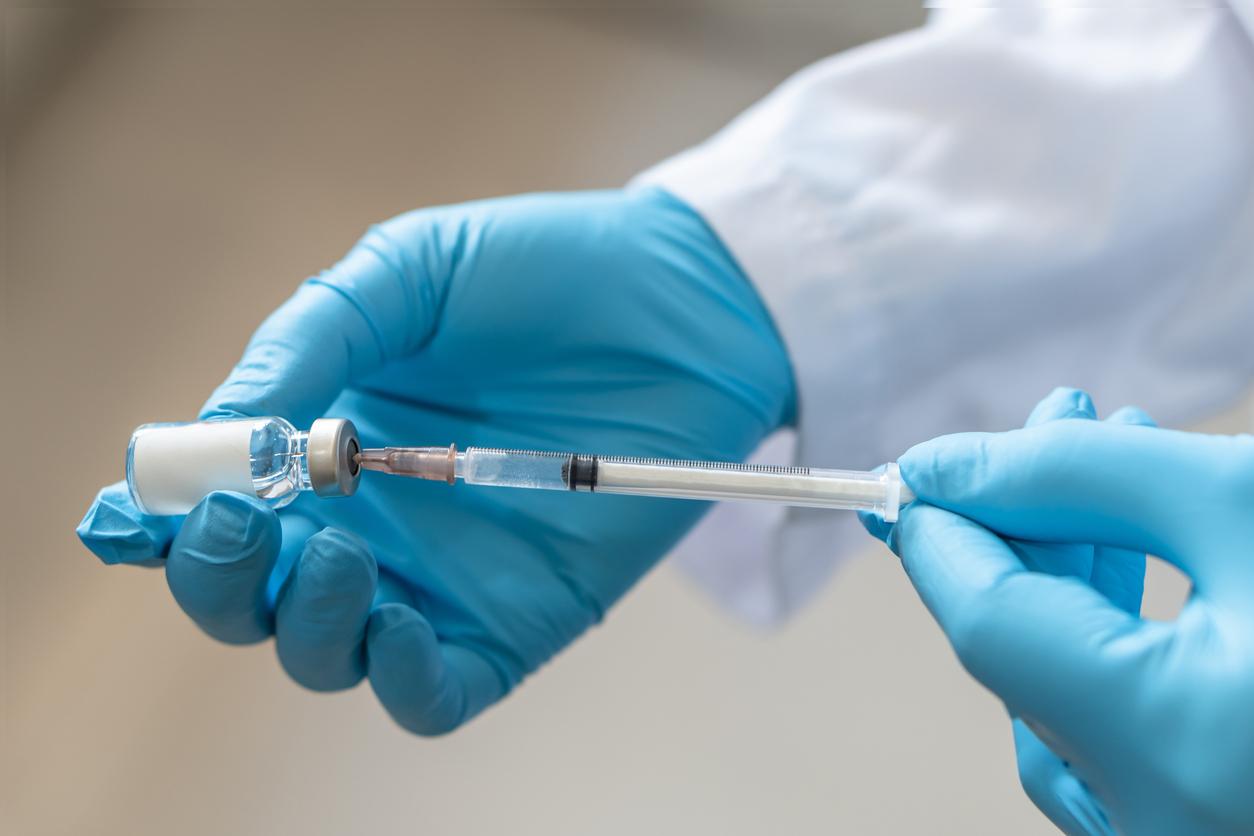In 2018, 20 million children have not received vaccines that could prevent certain deadly diseases, such as diphtheria, tetanus, whooping cough or measles. This is revealed by the annual aggregate rate report vaccine from the World Health Organization (WHO) and the United Nations Children’s Fund (UNICEF), published on Monday 15 July.
That same year, more than 100 million children were immunized. But the global rates have stagnated at 86% since 2010, far from the 95% necessary to guarantee the protection of the entire population (newborns, people suffering from a weakened immune system). A number “raised”, corn “insufficient” according to the institutions of the United Nations (UN). “More than one in 10 children do not receive all the vaccines they need”, lamented during the presentation of the conclusions Kate O’Brien, director of the department of immunization and vaccines at WHO quoted by Science and Future.
Most unvaccinated children live in developing countries. More than half of them live in 16 countries affected by conflict and poverty, including Afghanistan, Iraq, South Sudan, Yemen, Syria and Somalia.
Measles resurgence
The WHO and UNICEF are particularly concerned about theextent of the measles epidemic. In 2018, 350,000 cases worldwide were reported. This is more than double than in 2017. In the first quarter of 2019, the figures were not more encouraging, since the number of measles cases jumped 300% compared to the same period last year. “Measles is a real-time indicator of the work that remains to be done in the fight against preventable diseases”, explained Henrietta Fore, executive director of Unicef resumed by The Independent.
Especially since this increase in the incidence of the pathology is not limited to the poorest countries, but also to those with high vaccination coverage. Last April, the United States recorded their highest number of measles cases since 1994. However, the disease has been declared eradicated there since 2000.
The reasons for these outbreaks are diverse. the anti-Vax movement as well as “proliferation of false information”, in particular on the measles, mumps and rubella vaccine (ROR), explain them in part. Unicef, however, said war and underinvestment in national programs were the main factors holding back the spread of vaccination around the world.
HPV coverage is improving
The picture is not all bleak, since for the first time, UN statistics have taken into account data on the human papillomavirus vaccine (HPV). In 2018, 90 countries integrated it into their national programs. This means that it is available to one in three girls worldwide, according to reported figures. Last February, the WHO launched a global call for the eradication of cervical cancer. And then pleaded with the States for the girls to be vaccinated. In Britain, the boys will be too, British health authorities announced in early July.
The cost of fully immunizing a child continues to fall. In 2017, it cost just £14 (€15.50), down from £20 (€22.15) five years earlier, according to The Independent.
Read also :
- Compulsory vaccinations: an effective measure
- Immunization coverage for babies is improving


















